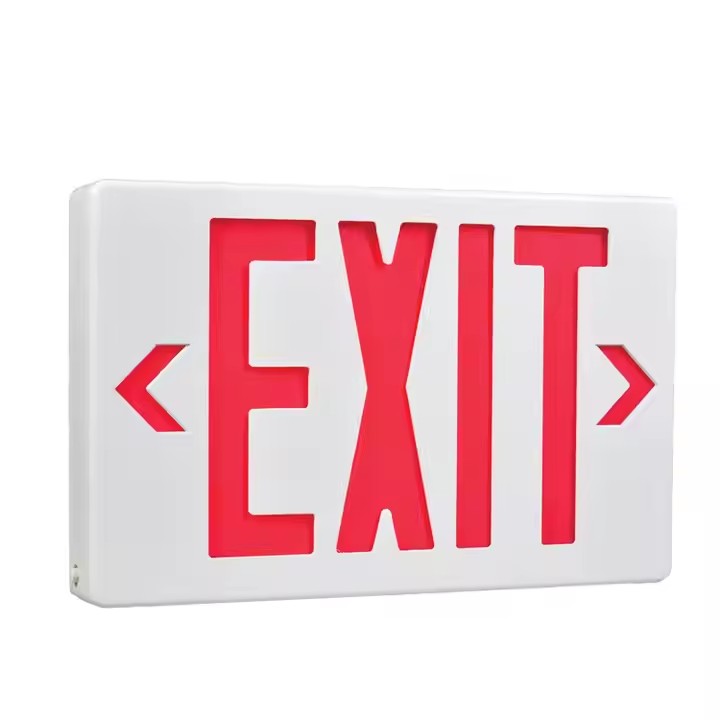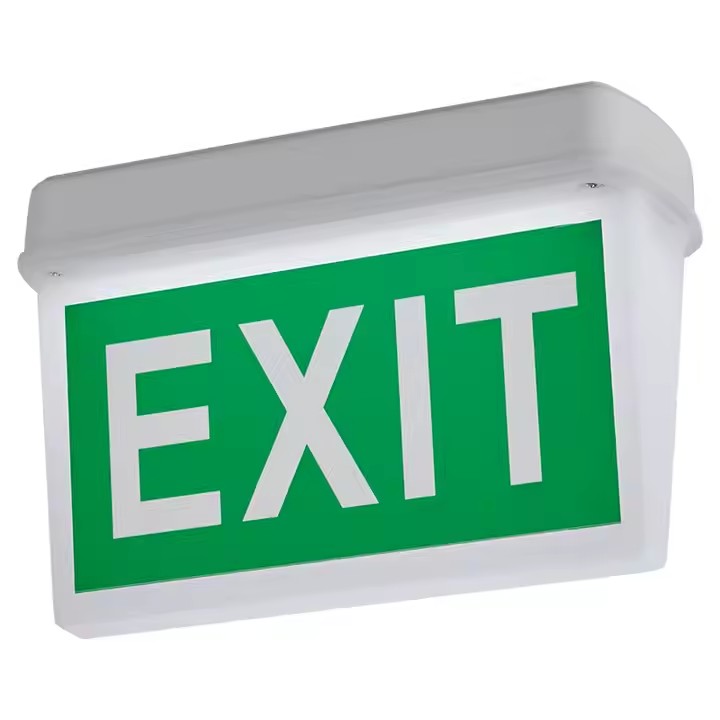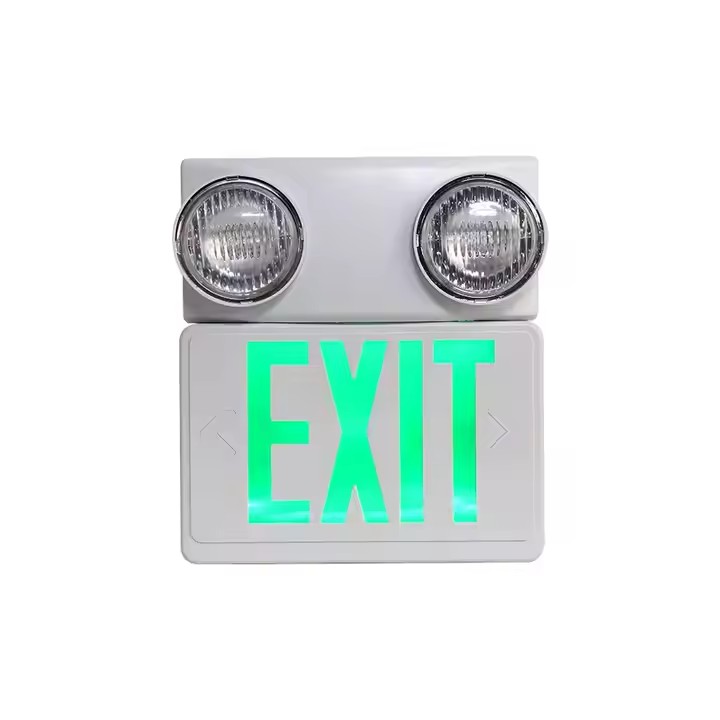Monday to Saturday - 8:00 -17:30



Temporary vs. Permanent Construction Signs: What’s the Difference?
Construction signs play a vital role in job site safety and traffic management, but not all signs are created equal. Understanding the differences between temporary and permanent construction signs helps you choose the right signage for your project, budget, and regulatory compliance.
1. Definition and Purpose
-
Temporary Construction Signs are used for short-term projects or phases of work. They provide warnings, instructions, or information only during construction or maintenance activities.
-
Permanent Construction Signs are installed for long-term or ongoing use, often remaining after construction completion to inform or direct traffic or personnel.
2. Common Applications
-
Temporary Signs: Road detours, lane closures, work zone warnings, short-term hazard alerts.
-
Permanent Signs: Traffic routing after construction, permanent safety instructions, site identification, or regulatory signs.
3. Material Differences
-
Temporary Signs: Usually made from lightweight, cost-effective materials like corrugated plastic, PVC, or roll-up vinyl banners. They are easy to transport, set up, and remove.
-
Permanent Signs: Typically manufactured from durable materials such as aluminum with reflective coatings to withstand weather, UV rays, and long-term wear.
4. Durability and Lifespan
-
Temporary Signs are designed for limited use—ranging from days to months—and may not withstand harsh weather over time.
-
Permanent Signs are built to last years or decades with minimal maintenance, maintaining visibility and structural integrity.
5. Installation Methods
-
Temporary Signs: Portable stands, tripods, fences, or vehicle mounts that allow quick placement and removal.
-
Permanent Signs: Fixed mounting on poles, posts, walls, or embedded in concrete for stability.
6. Regulatory and Compliance Considerations
Both types must comply with relevant safety standards (e.g., MUTCD, OSHA), but temporary signs often follow specific guidelines about placement, reflectivity, and visibility to protect workers and road users during active work.
7. Cost Considerations
-
Temporary signs generally have lower upfront costs but may require frequent replacement or rental fees.
-
Permanent signs involve higher initial investment but reduce long-term replacement and maintenance expenses.
Conclusion
Choosing between temporary and permanent construction signs depends on your project’s timeline, budget, and safety requirements. Temporary signs offer flexibility and cost-efficiency for short-term projects, while permanent signs provide durable, long-lasting solutions for ongoing safety and guidance.
If you need expert advice or customized signage solutions tailored to your construction project, contact us today to discuss your needs and receive a free quote.



